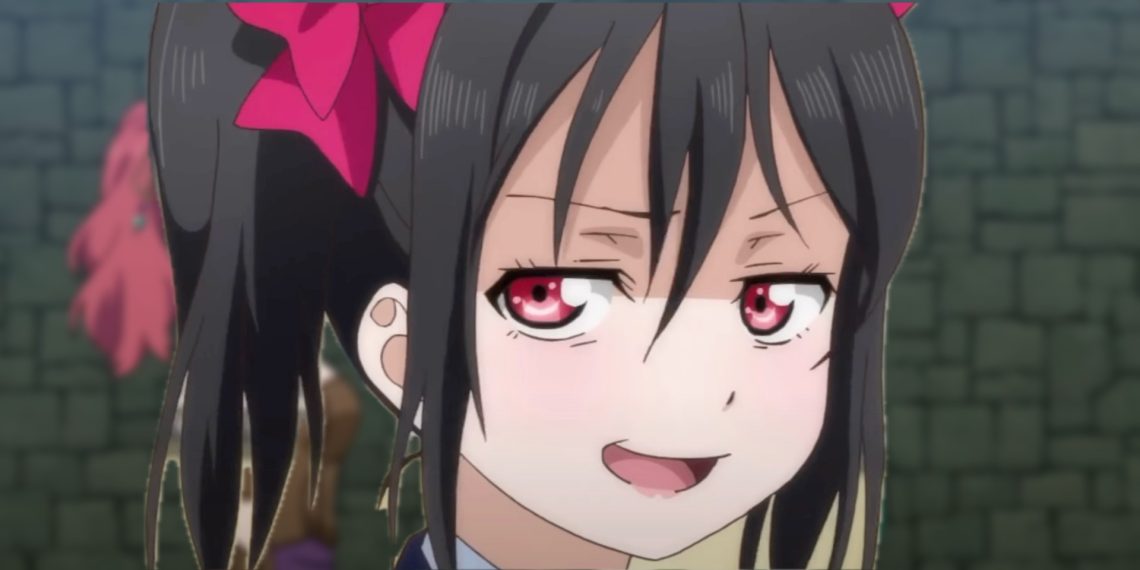The Rising of the Shield Hero remains hugely popular within the isekai fantasy genre of anime and manga. Many fans view it as one of the best examples of an isekai series – stories about characters transported to parallel worlds. However, this popularity is not universal.
As with many isekai stories that lean heavily on common genre tropes, The Rising of the Shield Hero has also faced substantial criticism over the years for controversial elements of its plot and characterization.
In particular, certain aspects of the show were seen as problematic by Western audiences unused to some of anime’s more questionable content.
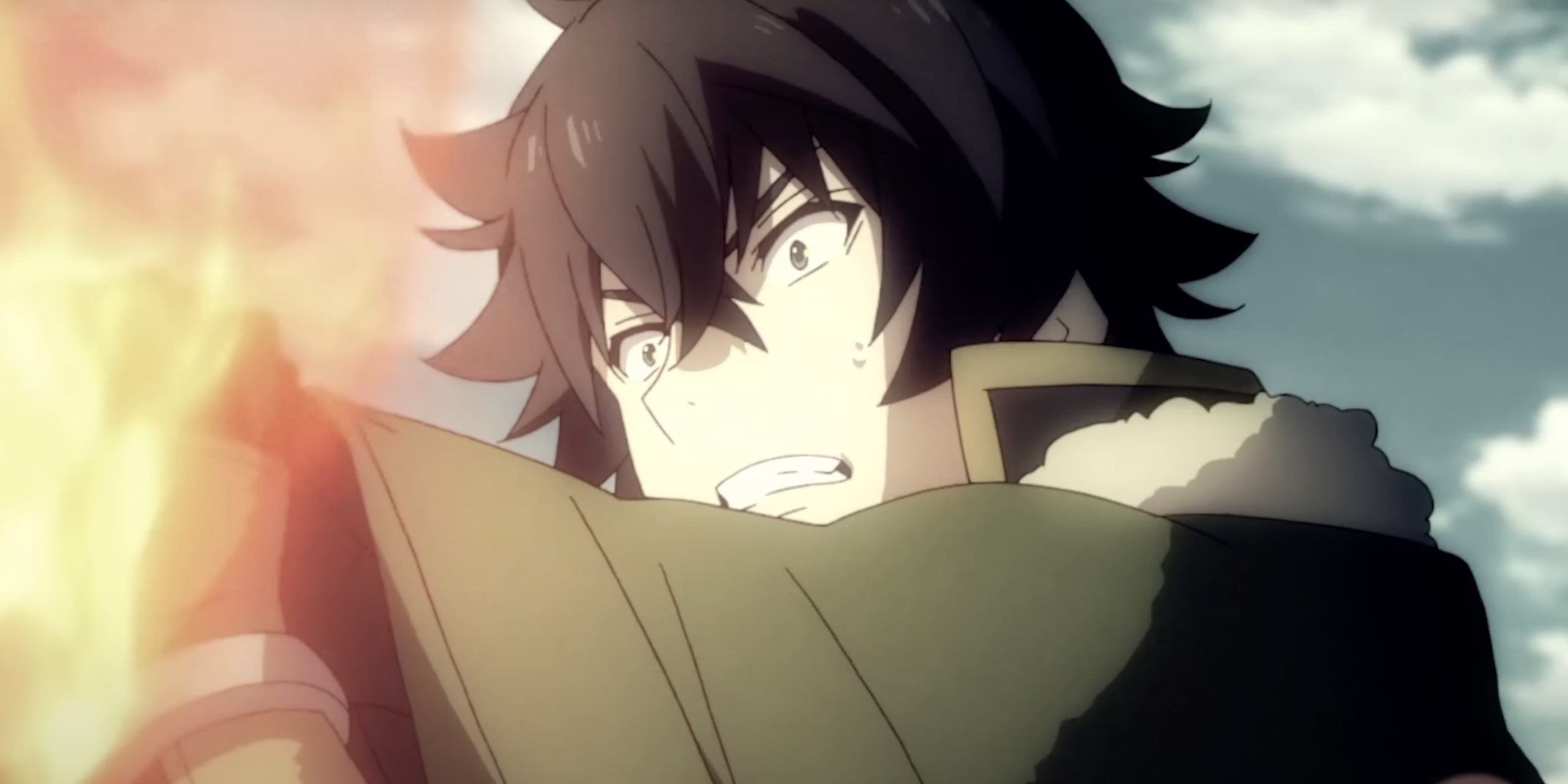
The intense scrutiny centered on plot points that could be viewed as promoting false accusations or slavery. Additionally, even loyal fans of the franchise were severely disappointed by the second season, feeling it derailed momentum and betrayed the spirit of the first season.
In general, weaknesses in storytelling cohesion and narrative choices in the current season have made The Rising of the Shield Hero one of the most hotly debated anime and manga series in recent memory.
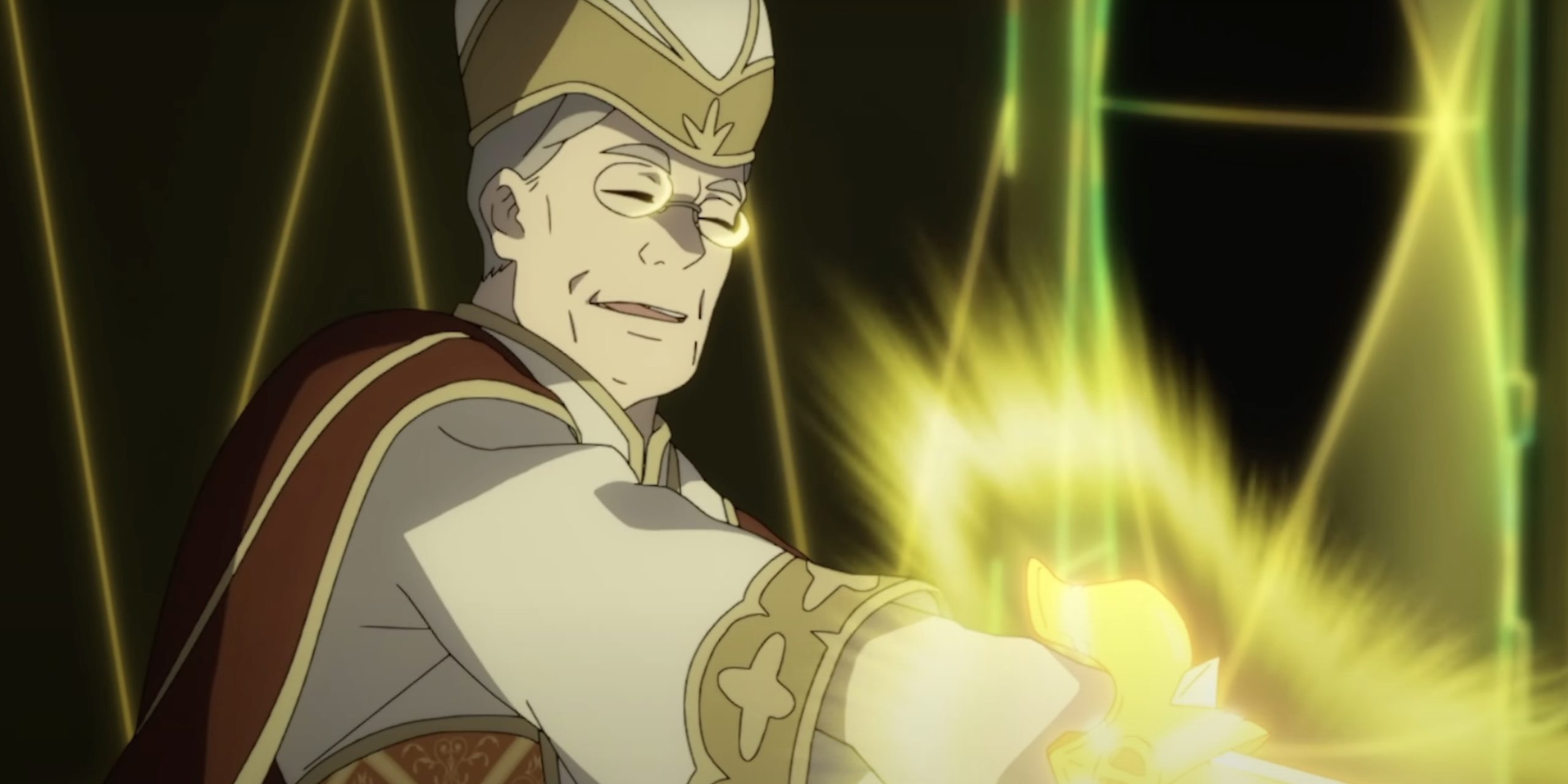
While remaining popular within its core fanbase, its issues have prevented wider acceptance. The controversy highlights the difficulty of balancing creative freedom with responsible representation, especially for anime reaching mainstream Western audiences.
Ultimately, The Rising of the Shield Hero exemplifies both the appeal and limitations of the isekai genre. Its critics and defenders are unlikely to reconcile their deeply divergent perspectives anytime soon.
The Unlikely Journey of the Shield Hero
The Rising of the Shield Hero originated as a web novel penned by Aneko Yusagi back in 2012, later being adapted into manga and acclaimed anime series.
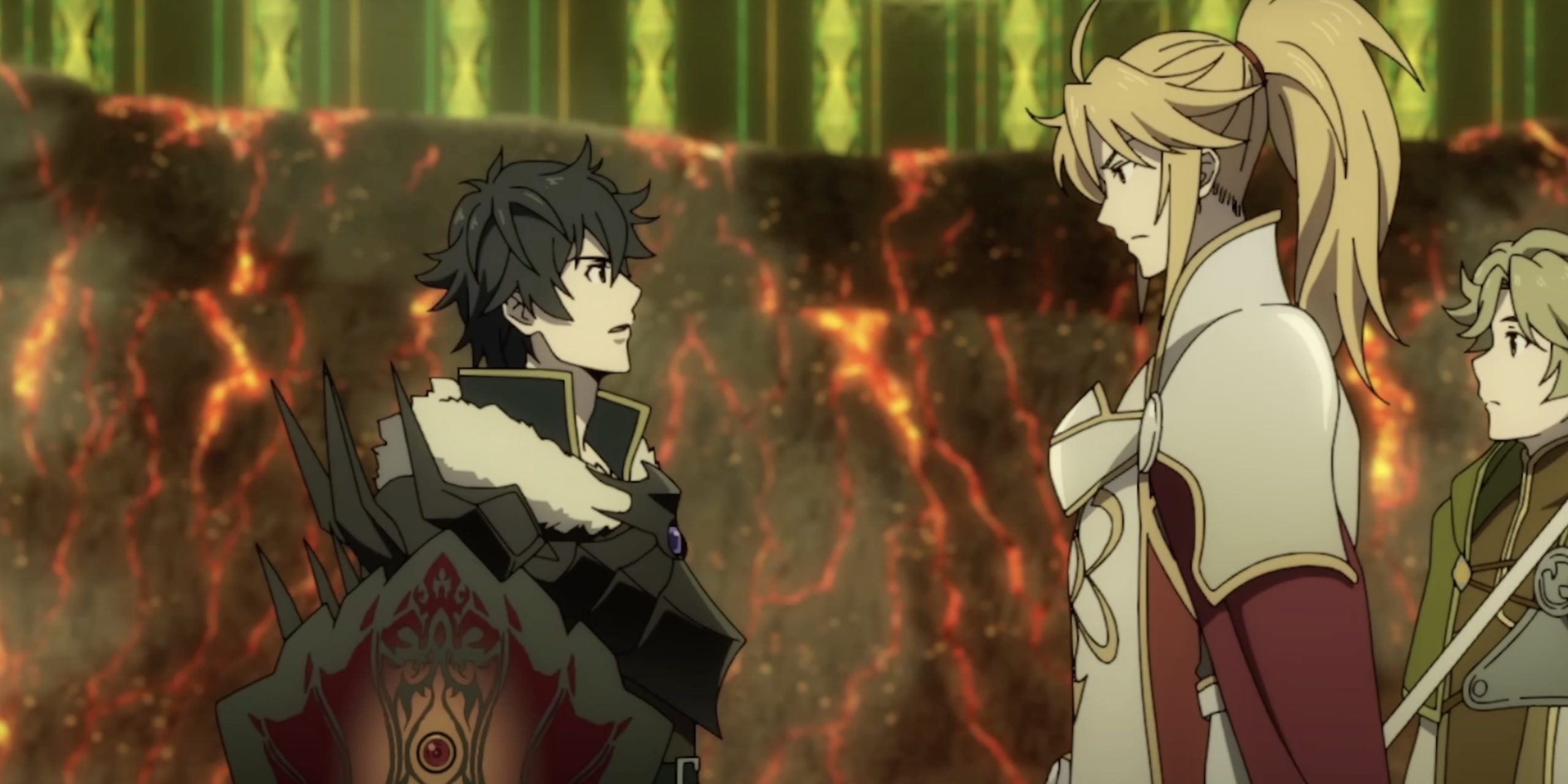
The story follows Naofumi, a young Japanese man summoned alongside three others to act as Cardinal Heroes in a medieval-inspired fantasy realm. Their purpose is to defend this mystical land by combating hordes of monsters with the legendary weapons bestowed upon each hero.
However, Naofumi’s high fantasy adventure swiftly turns into a nightmare. Rather than gaining fame and glory, he ends up the victim of profoundly bad luck at every turn.
His assigned legendary weapon is a shield solely capable of defense, in contrast to the powerful offensive weapons granted to the other heroes.
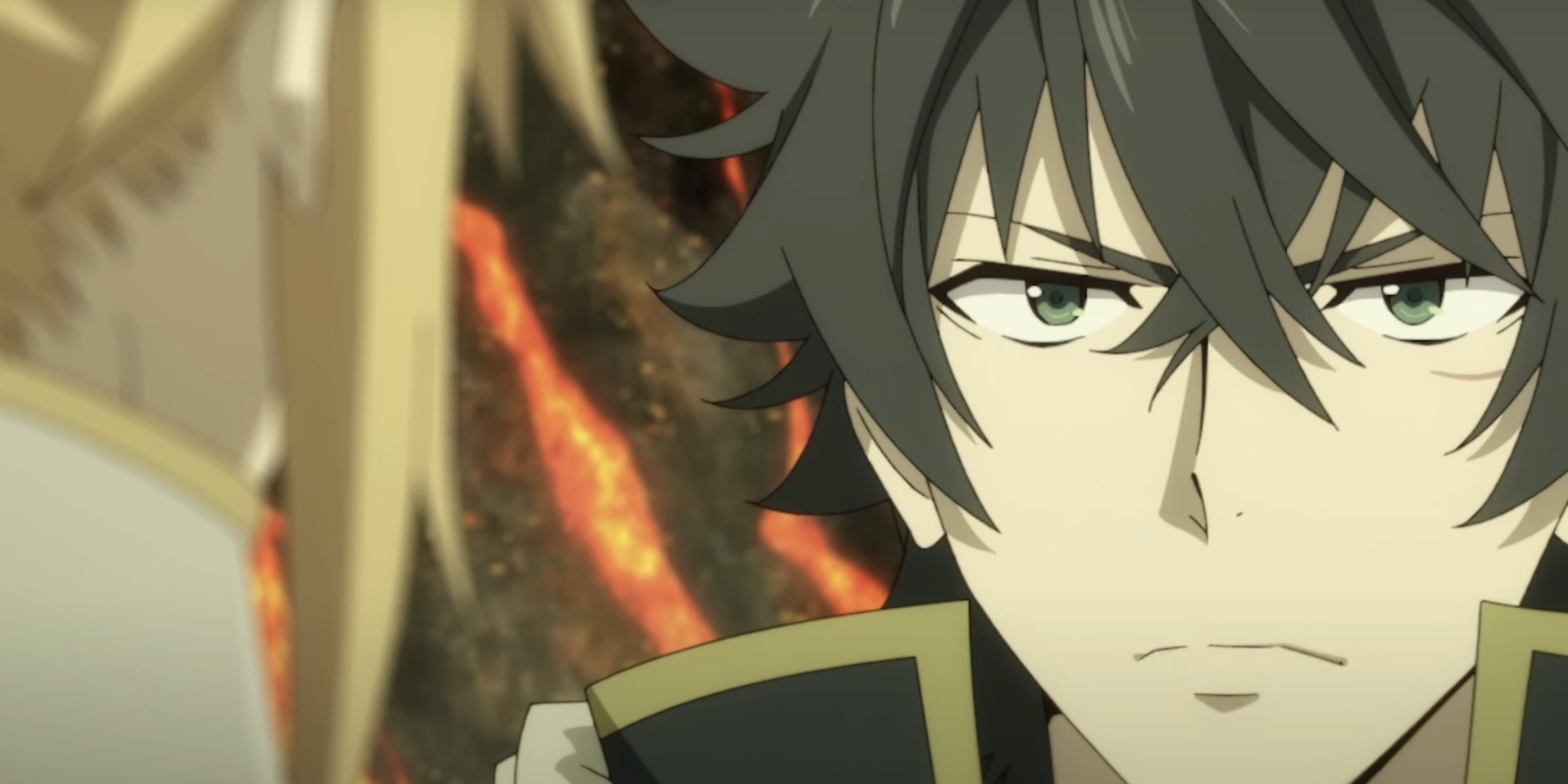
Far worse, Naofumi has his money stolen and is falsely accused of sexual assault by Malty, the princess of the kingdom who pretends to be his ally.
With only a shield by his side, completely alone as a social pariah, and backstabbed at the outset of his summoned quest, Naofumi faces seemingly insurmountable odds.
The deck stacked heavily against the Shield Hero makes his eventual rise to become the realm’s champion all the more cathartic and compelling. Of course, the path there is filled with no shortage of drama, action, controversy, and high emotion.
Struggles, Alliances, and Controversies
Naofumi understandably struggles to cope with his nightmarish circumstances, having gone from honorable hero to despised outcast in this fantasy realm.
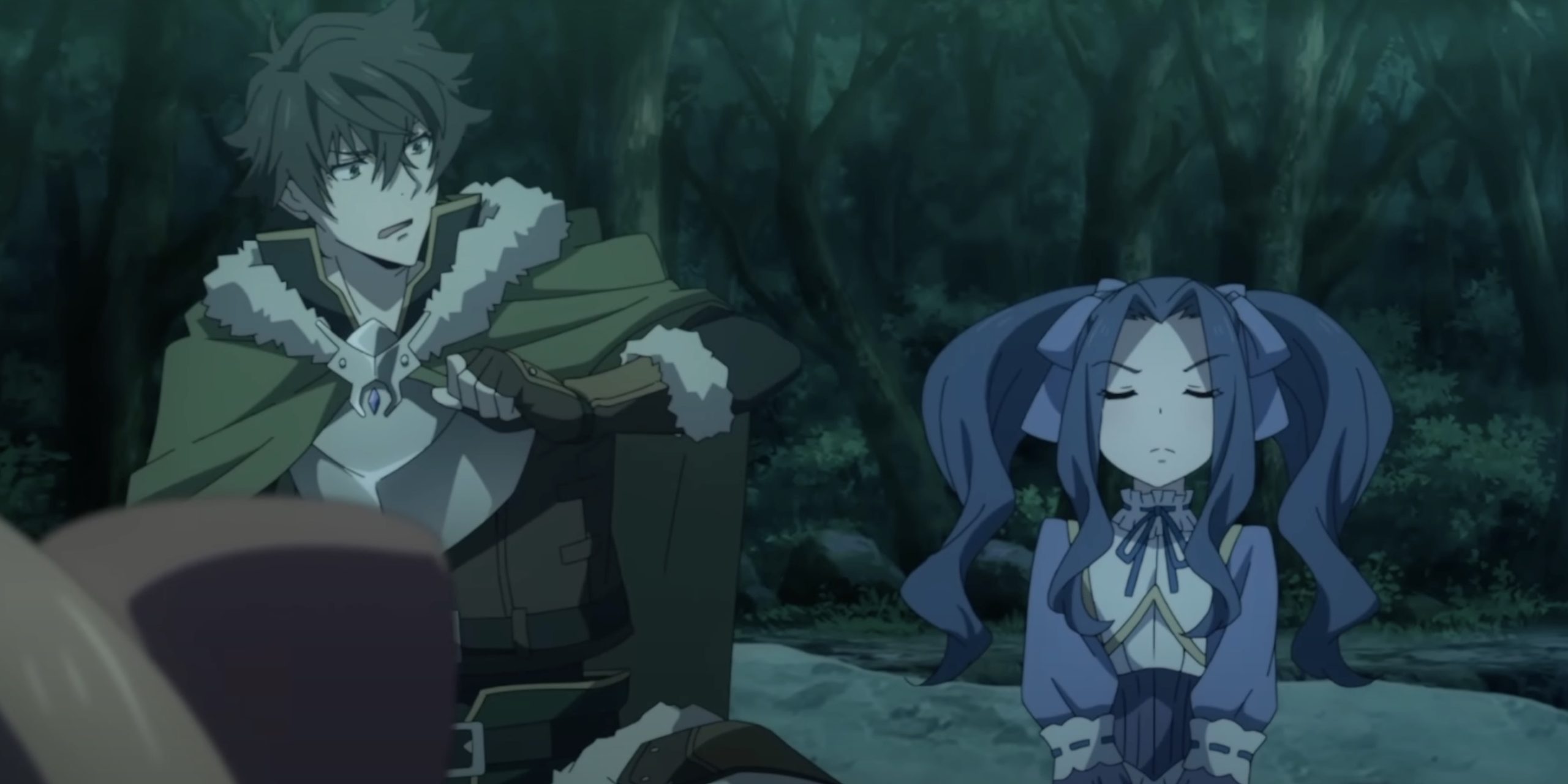
His fortunes shift slightly upon purchasing Raphtalia, a tanuki slave girl, as well as gaining the bird-like Filo as allies. Together they set out to succeed in a world that had previously scorned them while uncovering mysteries behind new monstrous threats arising across the land.
Meanwhile, the kingdom’s royalty and nobles oppose Naofumi’s efforts, including the betrayer Princess Malty who continues down an increasingly sinister path.
Over the years since Aneko Yusagi first published the web novel in 2012, the Rising of the Shield Hero franchise has expanded greatly across mediums. This includes 22 light novels, an ongoing manga adaptation now at 23 volumes, a completed spin-off spear hero manga series, and more.
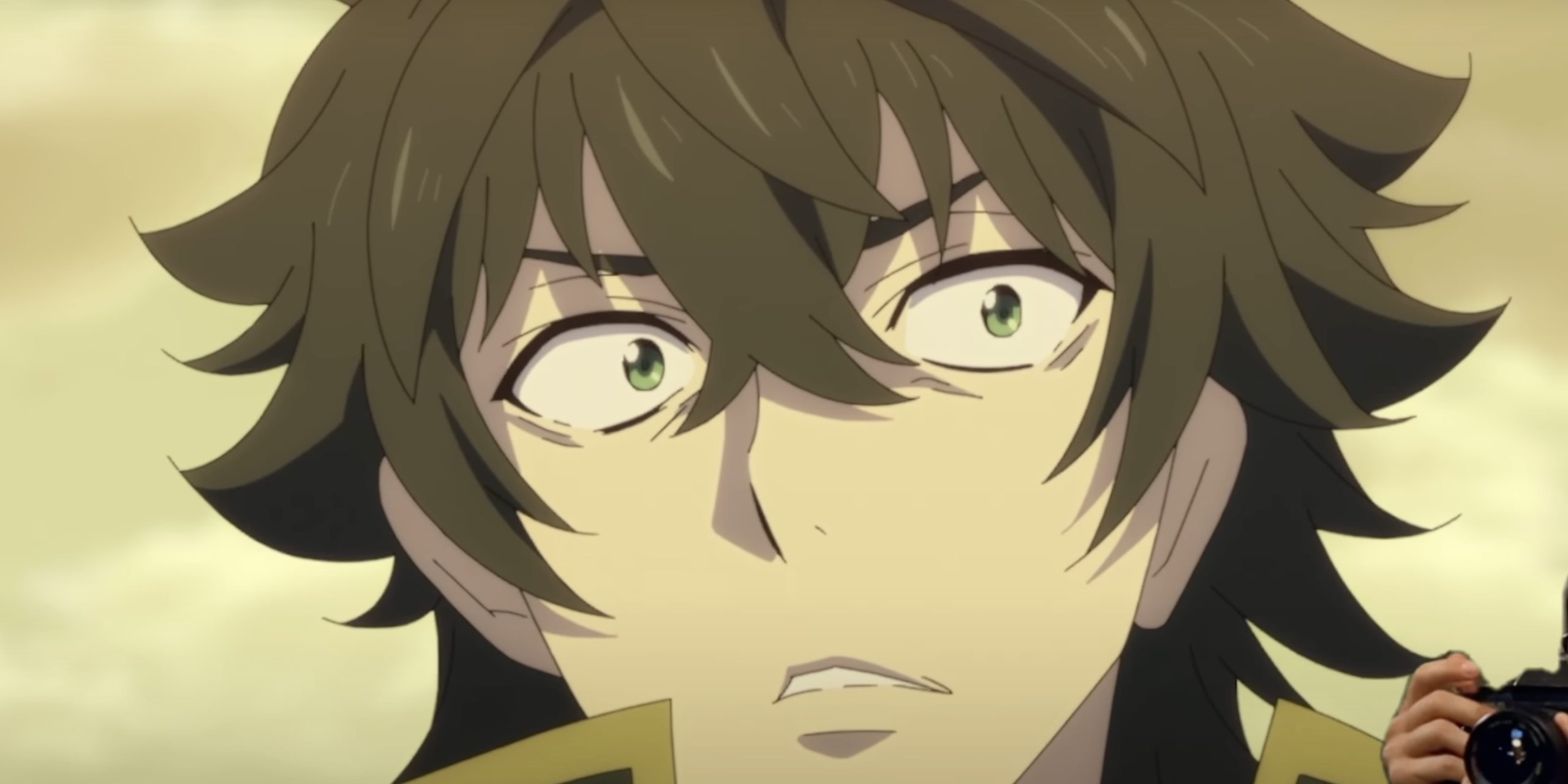
However, it was the anime adaptation that brought The Rising of the Shield Hero to a massive global audience through streaming on platforms like Crunchyroll.
Unfortunately, this same adaptation triggered great controversy over certain plot elements involving issues like false accusations, slavery, and more.
The intense feelings on both sides of the debate have cemented the anime’s notoriety. For good or ill, The Rising of the Shield Hero anime has left an indelible impact.
Navigating Sensitive Themes in The Rising of the Shield Hero
The Rising of the Shield Hero has become massively popular within the booming isekai fantasy genre, especially in its native Japan. However, the series has faced more mixed reception in some Western markets after the anime adaptation’s release.

Specifically, certain plot points surrounding the behavior of the villainous princess Malty struck a nerve.
Her false accusation of sexual assault against Naofumi unfortunately mirrors real-world issues like the #MeToo movement, despite the intention being to portray Malty as irredeemably evil.
Of course, the original light novel predated #MeToo by years and lacked the same controversial weight among Japanese audiences.
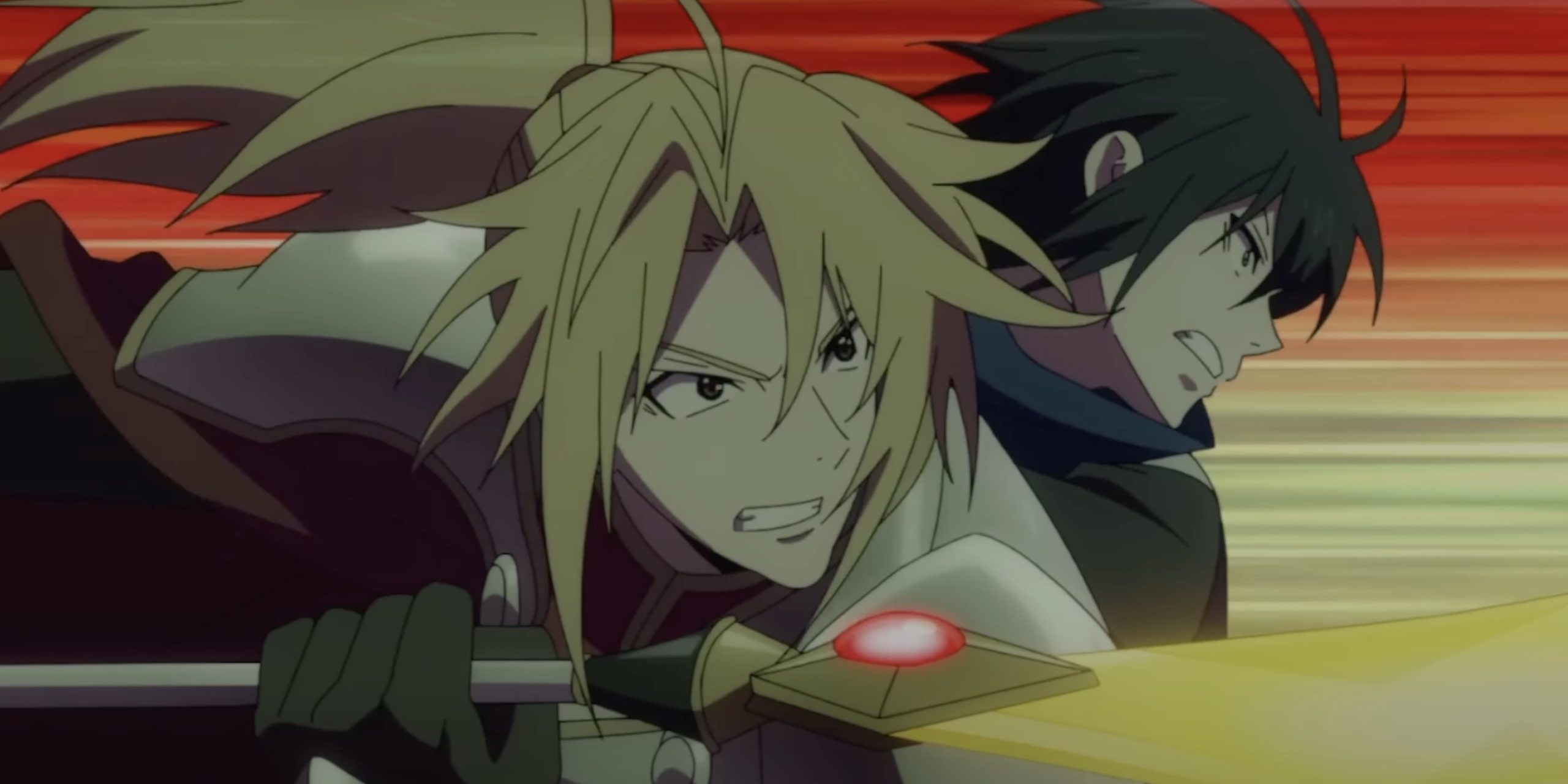
Additionally, the plot point of Naofumi purchasing slave girl Raphtalia as a servant entered thorny moral territory for many overseas viewers.
Some felt the series failed to properly condemn the practice of slavery since Naofumi accepted it as normal within this fantasy world. At one point, he even considers enslaving Malty as karmic punishment.
However, Naofumi’s relationship with Raphtalia is shown as exceedingly kind rather than oppressive. Their bonding seems closer to dear friends than slave and master.
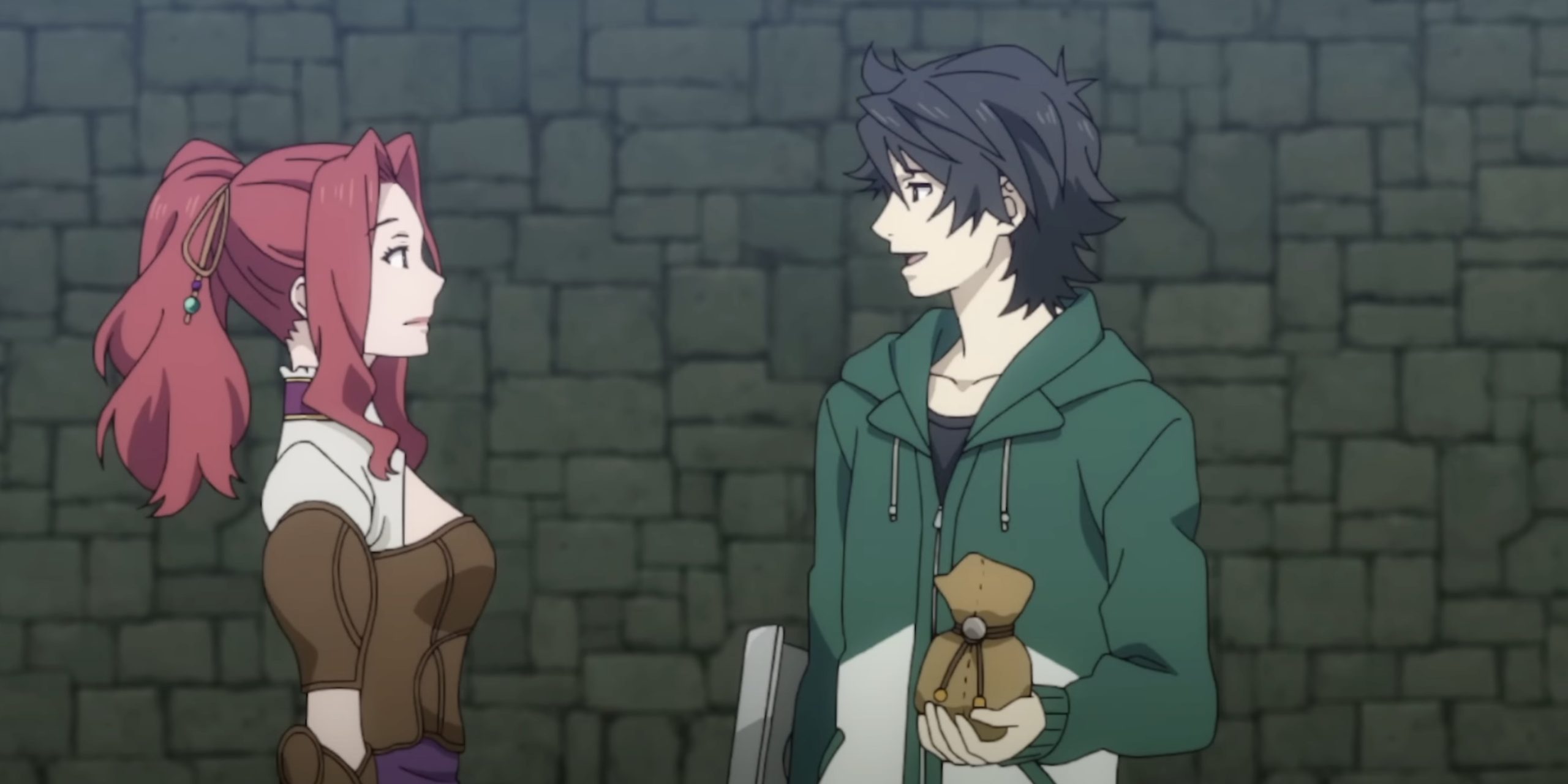
Yet the continued inclusion of slavery as a plot device remains deeply troubling for many audiences.
In handling socially sensitive topics like false accusations and oppression, The Rising of the Shield Hero anime has struggled to balance creative freedom with conscientious representation.
This tension continues fueling both intense criticism and passionate defense around one of isekai’s most polarizing franchises.
The Dual Nature of Criticism in The Anime
Aside from the political controversy, The Rising of the Shield Hero grapples with criticism over more general storytelling issues endemic to much of the isekai fantasy genre.
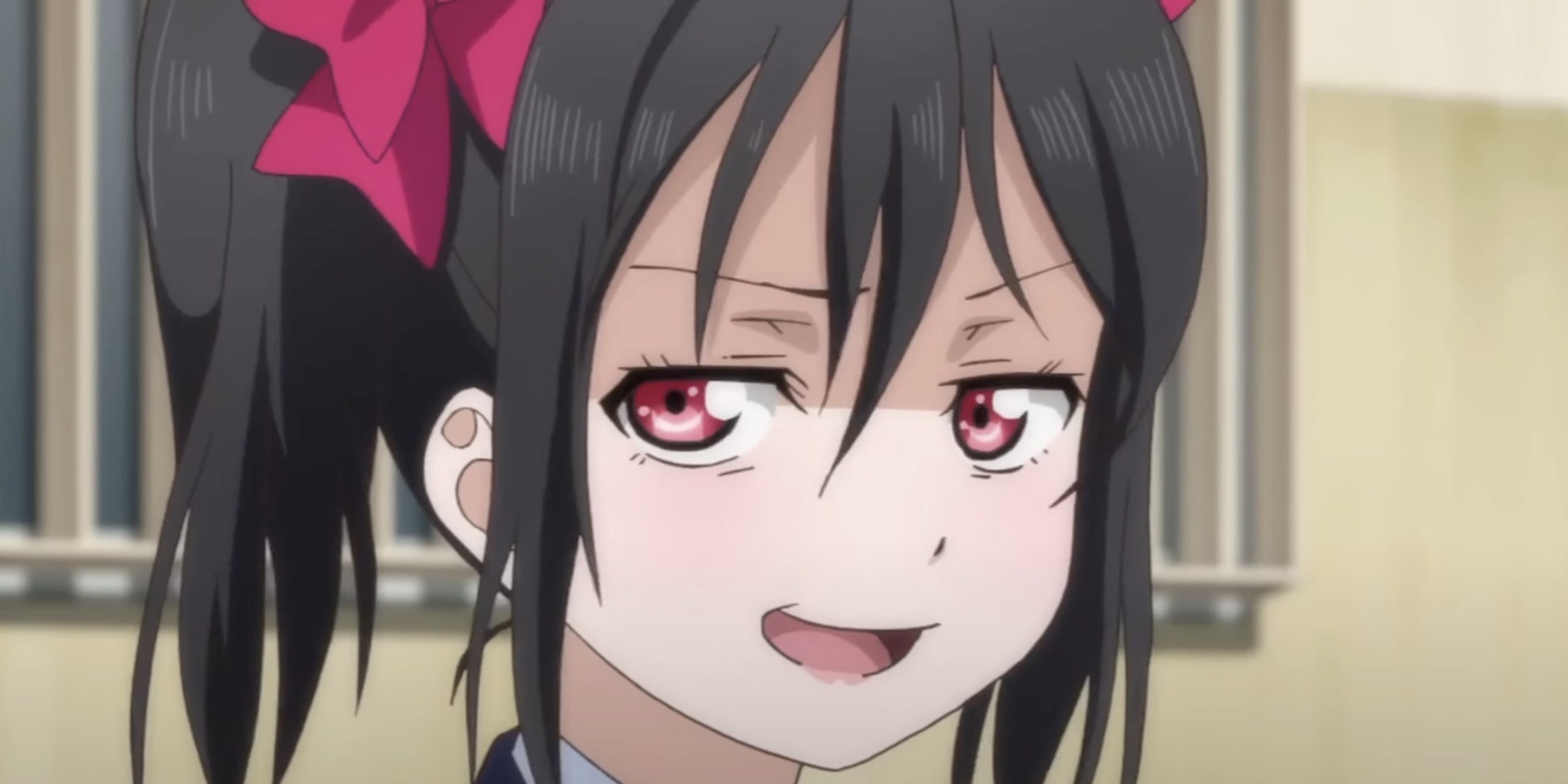
A common complaint centers on the overpowered main character who succeeds less because of substantive development and more thanks to plot contrivances catering to viewer wish fulfillment.
Naofumi appears to overcome imposing odds more because the story demands it rather than through logically earned growth.
This extends to the portrayal of certain dark themes as well – the series touches on indentured servitude, oppression, discrimination and other weighty topics but is perceived by some as exploring them only shallowly or superficially in order to propel the epic hero narrative forward.
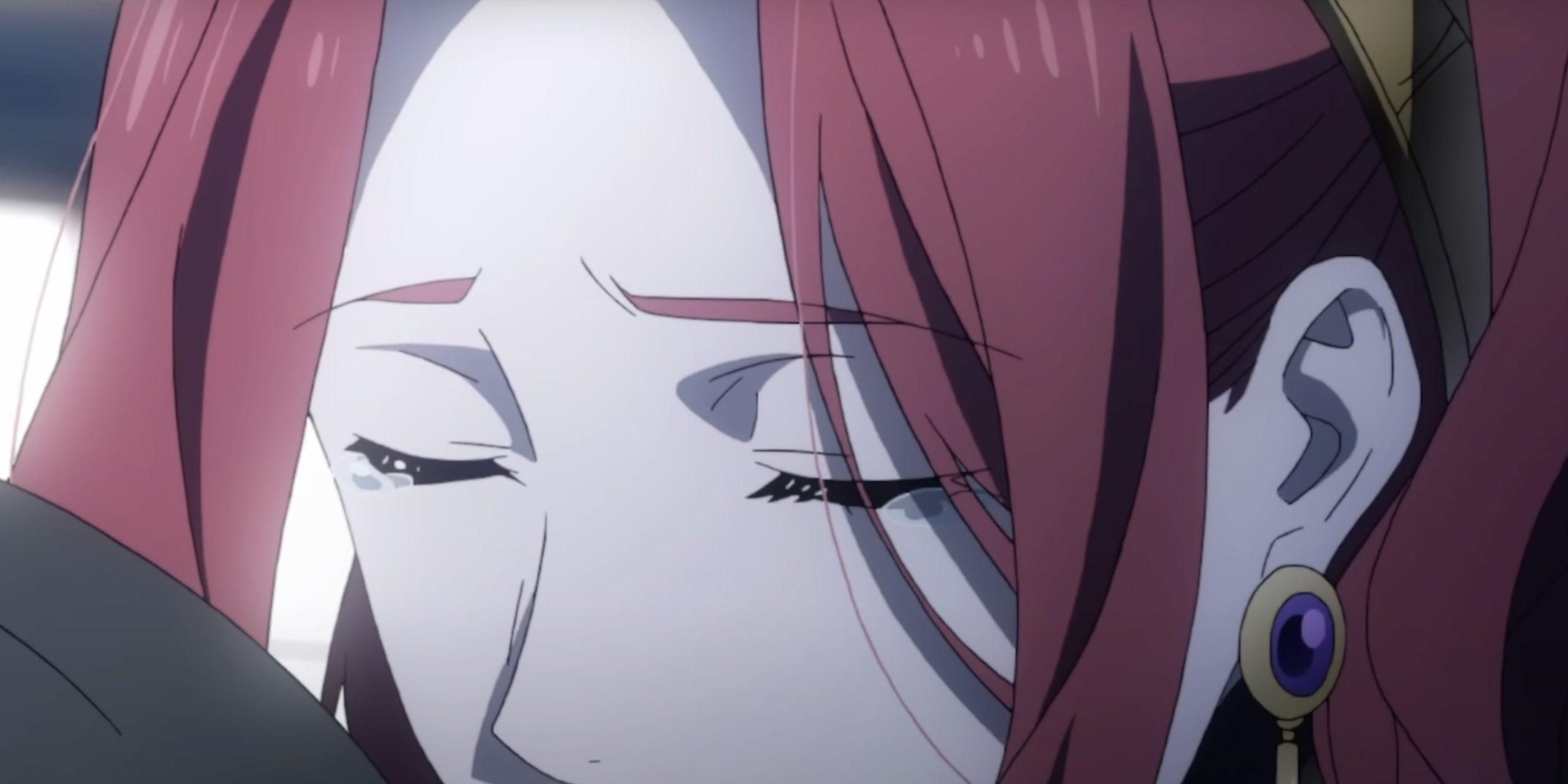
Many viewers, particularly Western audiences, felt the anime pays lip service to grappling with harsh realities but falls short of giving such complex issues their narrative due. Instead, it relies on fantastical elements and simplistic resolutions.
The result leaves some feeling The Rising of the Shield Hero tries to have its cake and eat it too – dabbling in grim subjects to appear mature while avoiding directly confronting the messier implications.
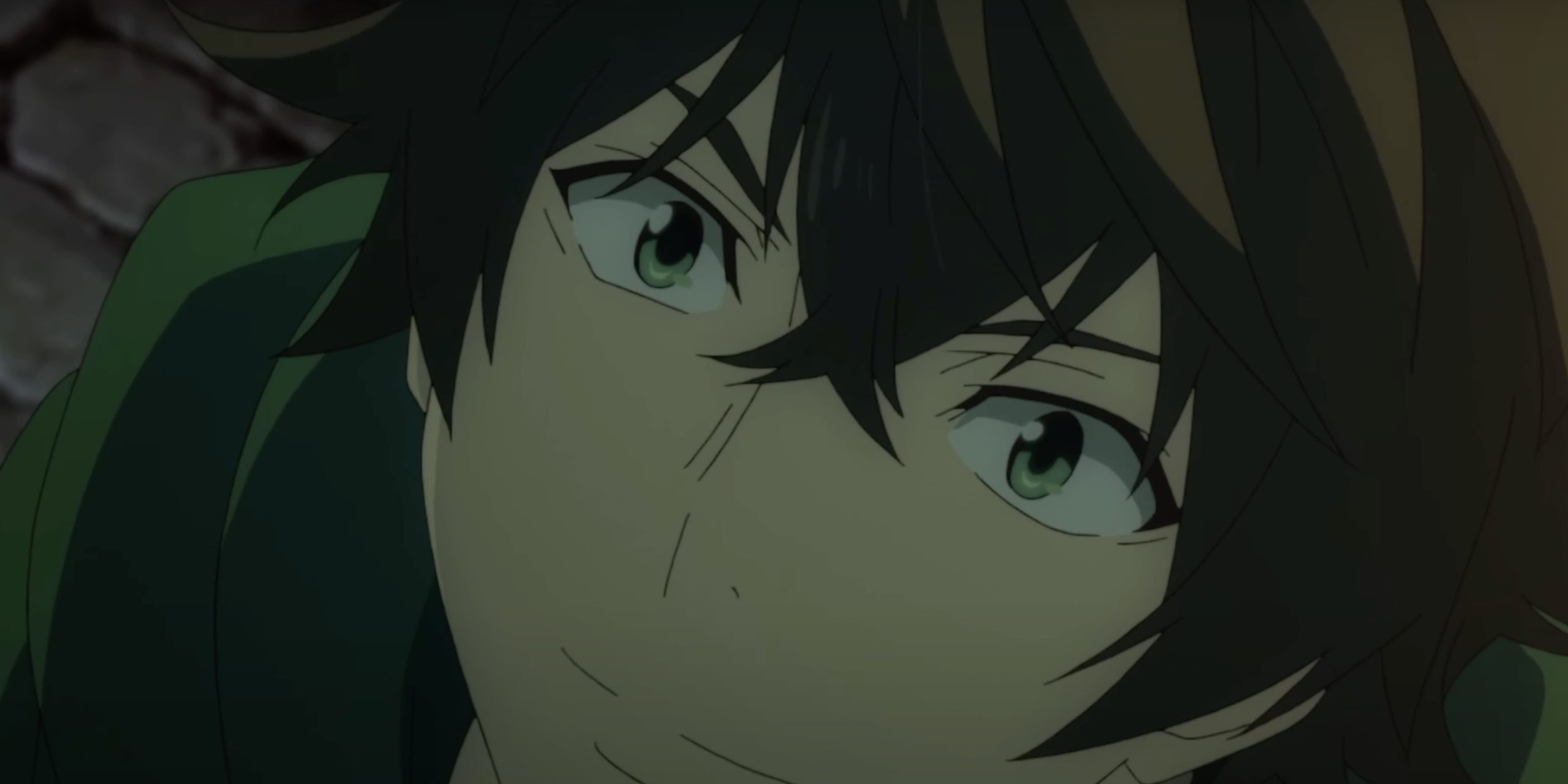
Whether due to cultural differences in storytelling or mere conveniences of the genre, these perceived flaws have fueled substantial criticism – though certainly not enough to blunt the enthusiasm of the franchise’s most ardent fans.
Love it or hate it, The Rising of the Shield Hero’s meteoric popularity shows no signs of waning anytime soon.
Flat Foils, CGI Critiques, and Seasonal Struggles
Additional criticism stems from perceptions that opponents facing the Shield Hero are rather one-dimensional, serving more as cartoonish villains rather than complex foils. This black-and-white portrayal of the hero and villain fails to truly challenge Naofumi or add narrative depth.
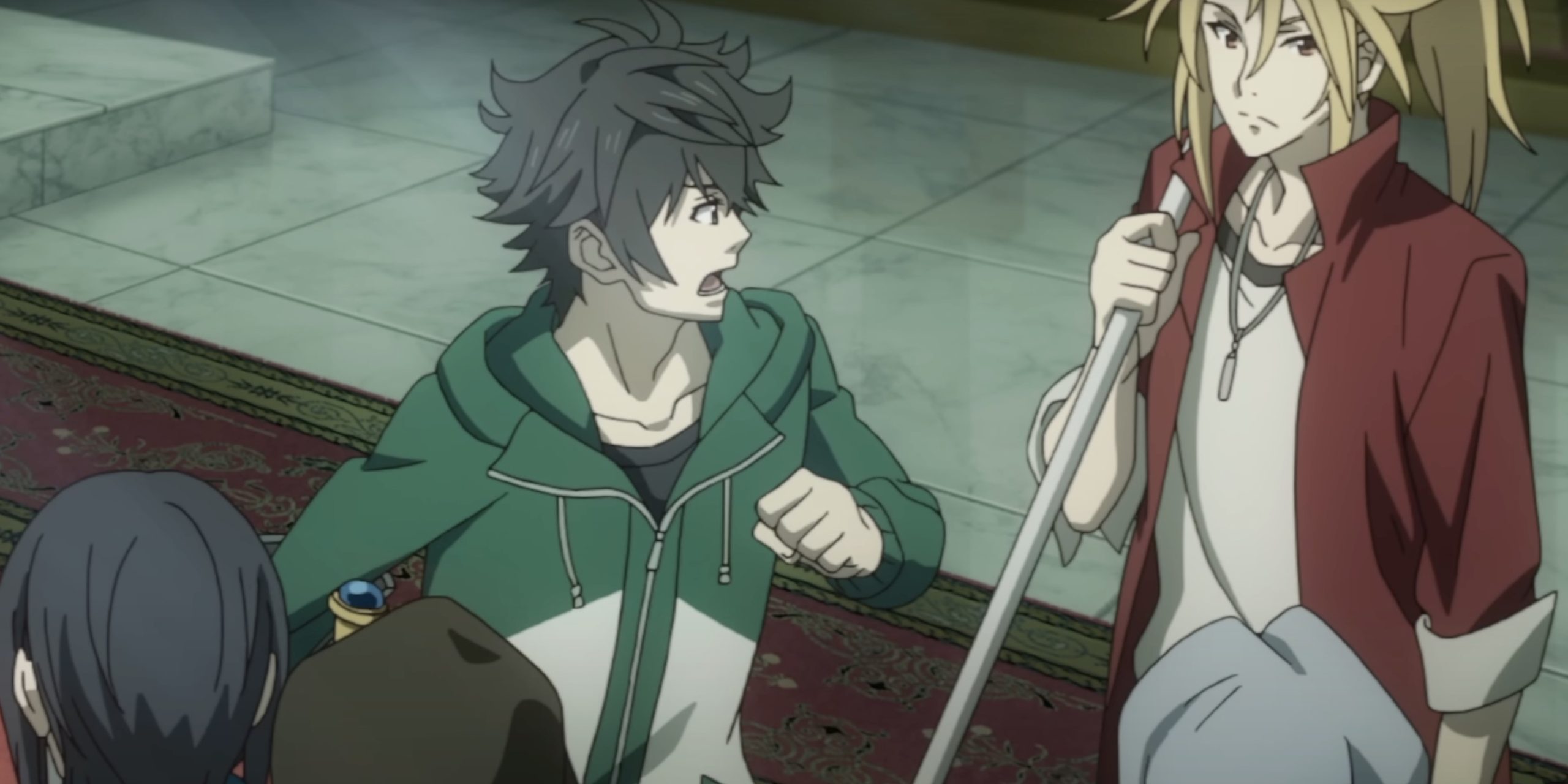
On a stylistic level, The Rising of the Shield Hero anime has been critiqued for over-reliance on CG animation as well. While not inherently problematic, CG visuals are often regarded as clunky or out of place in contrast to traditional 2D anime aesthetics.
Likewise, even loyal fans widely panned the second season for severe issues in pacing and visual quality. Some blame lies with studio Kinema Citrus bringing on co-animator DR Movie, disrupting continuity.
But problems also relate back to the weaker source material in the original web novel arc being adopted. This resulted in a plodding first half followed by overcorrected breakneck plot progression in the second half.
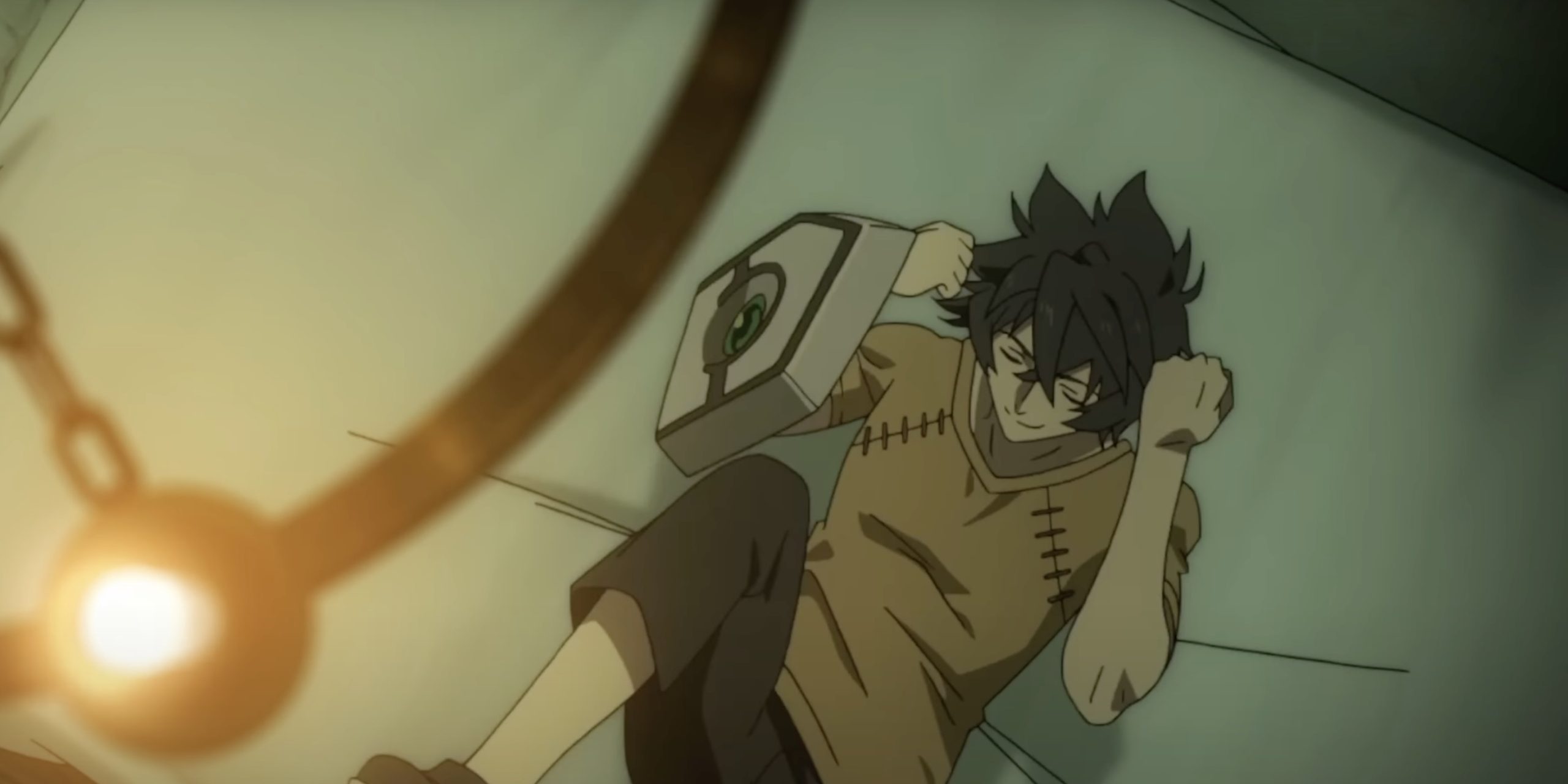
Between production compromises and constraints around faithfully depicting the author’s narrative choices, the anime has struggled to recapture the spark of its first season. As a third season proceeds amidst its own controversy over story decisions, fans remain wary of declining quality and the ability to do justice to the rising hero’s journey.
For all its continued popularity, The Rising of the Shield Hero franchise still grapples with valid critiques from many directions. How it navigates addressing such concerns may decide if this isekai juggernaut’s star keeps rising or begins falling from its once sky-high heights.
Unyielding Popularity
Controversies surrounding The Rising of the Shield Hero persist even into the currently airing third anime season. Recent critiques call out the questionable behavior of the Spear Hero character, who frequently makes inappropriate romantic overtures towards Filo despite her childlike appearance and nature.

This adds to existing criticism over other representation issues, notably the false accusation storyline involving Malty early on.
Yet despite accumulating controversies, The Rising of the Shield Hero franchise remains hugely popular globally, especially in Japan. Many praise the anime once it moves past the initial controversial arcs, indicating the series has strengths beyond these questionable elements.
Likewise, the Shield Hero light novels and manga continue selling extremely well, with millions of copies moved in Japan alone.
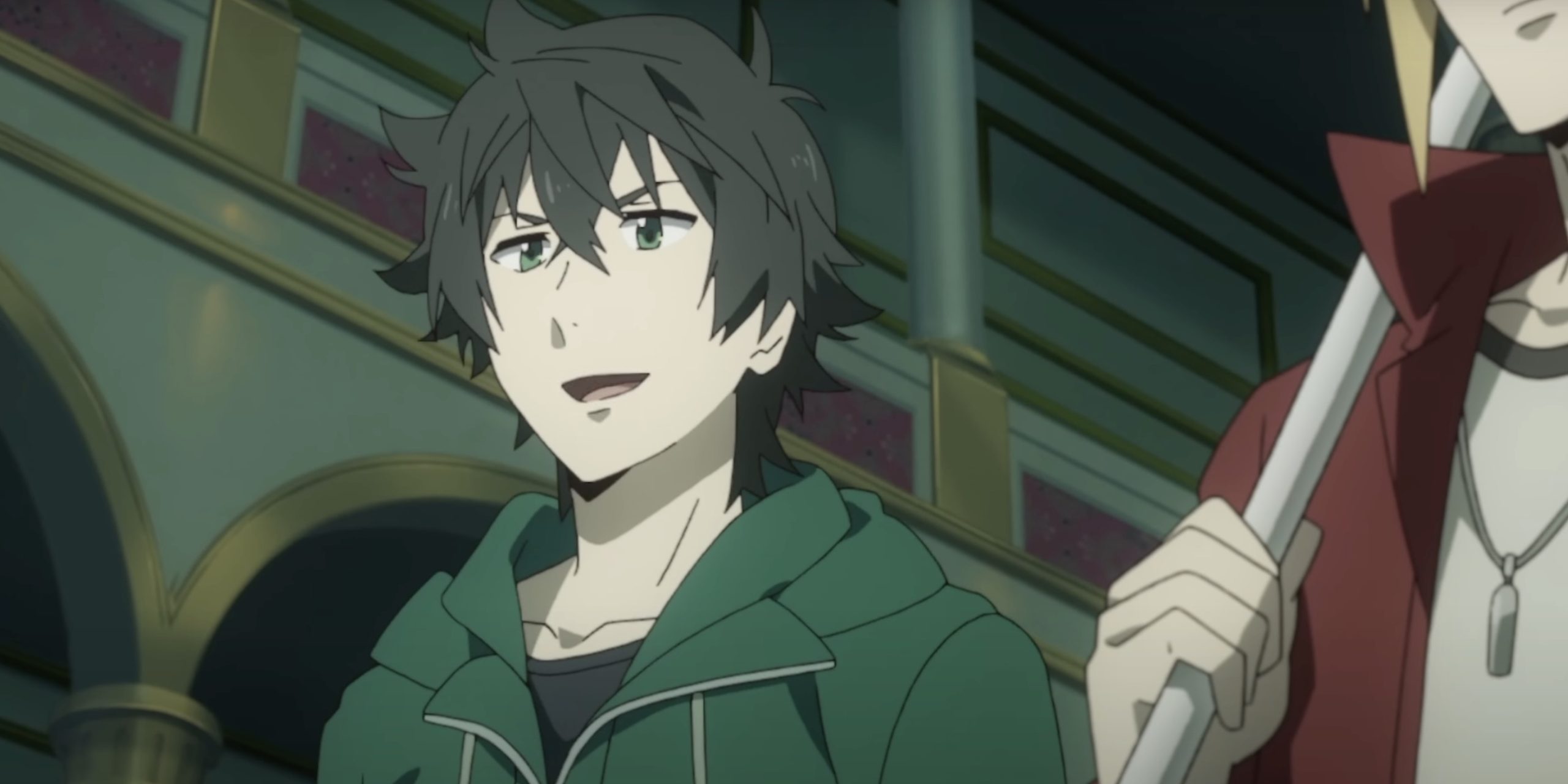
The unstoppable rise of isekai stories, often centered around power fantasy wish fulfillment, ensures a built-in audience as the genre dominates today’s anime and manga landscape.
The continued positive reception of Shield Hero’s source material suggests that controversies aside, it will likely persist for years to come.
While some speculate the light novel series is approaching its narrative end after a decade, its expansive world and popularity dictate several more volumes are still required to satisfactorily wrap up the epic story.
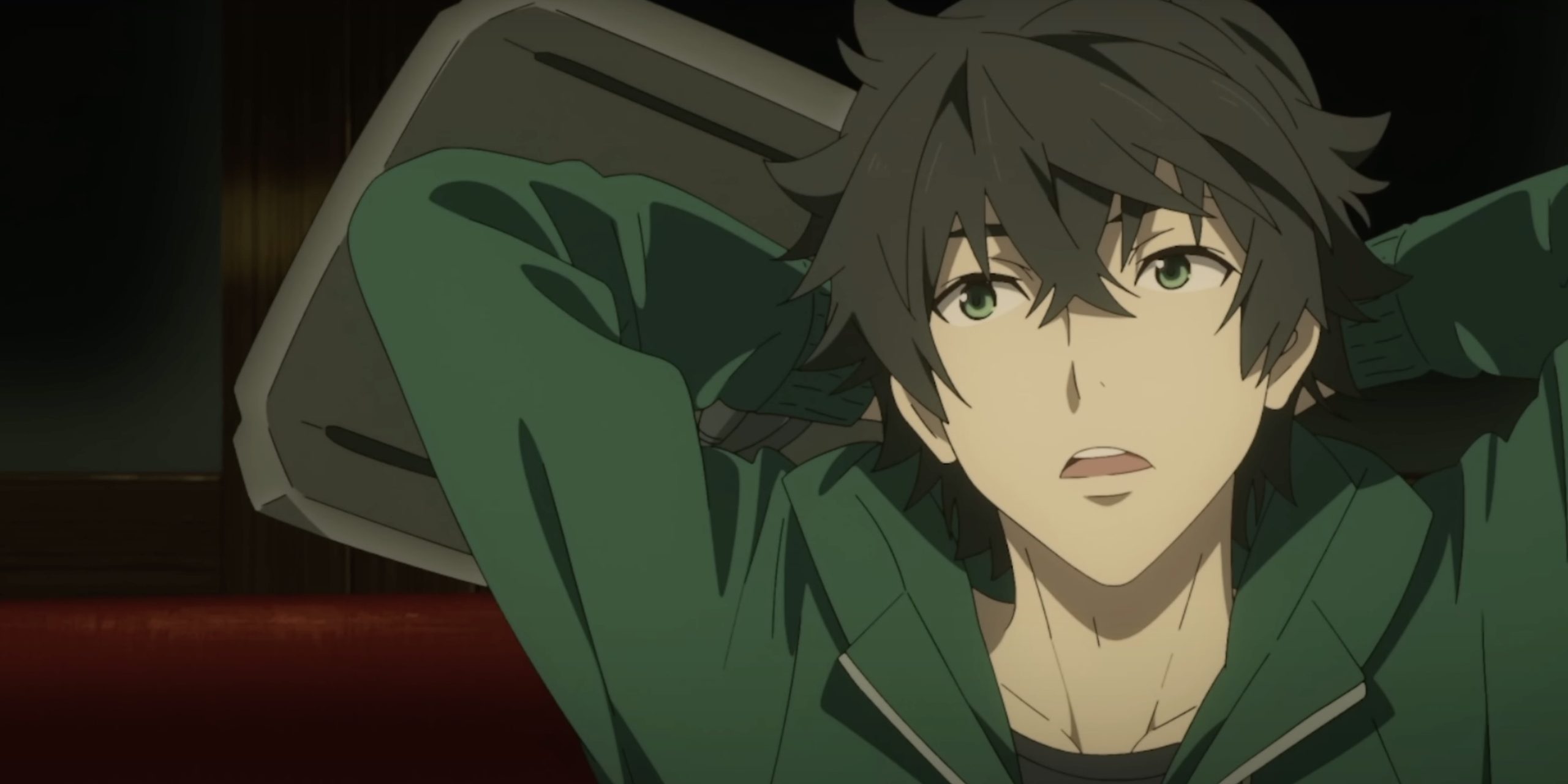
For now, the momentum of The Rising of the Shield Hero proves hard to slow despite waves of criticism, showcasing the power of an unyielding defense and a sturdy base of loyal fans.
The franchise demonstrates that even an imperfect story with glaring flaws can succeed tremendously – though also serves as a lesson that creating responsible, ethical media requires acknowledging how storytelling choices shape culture.

